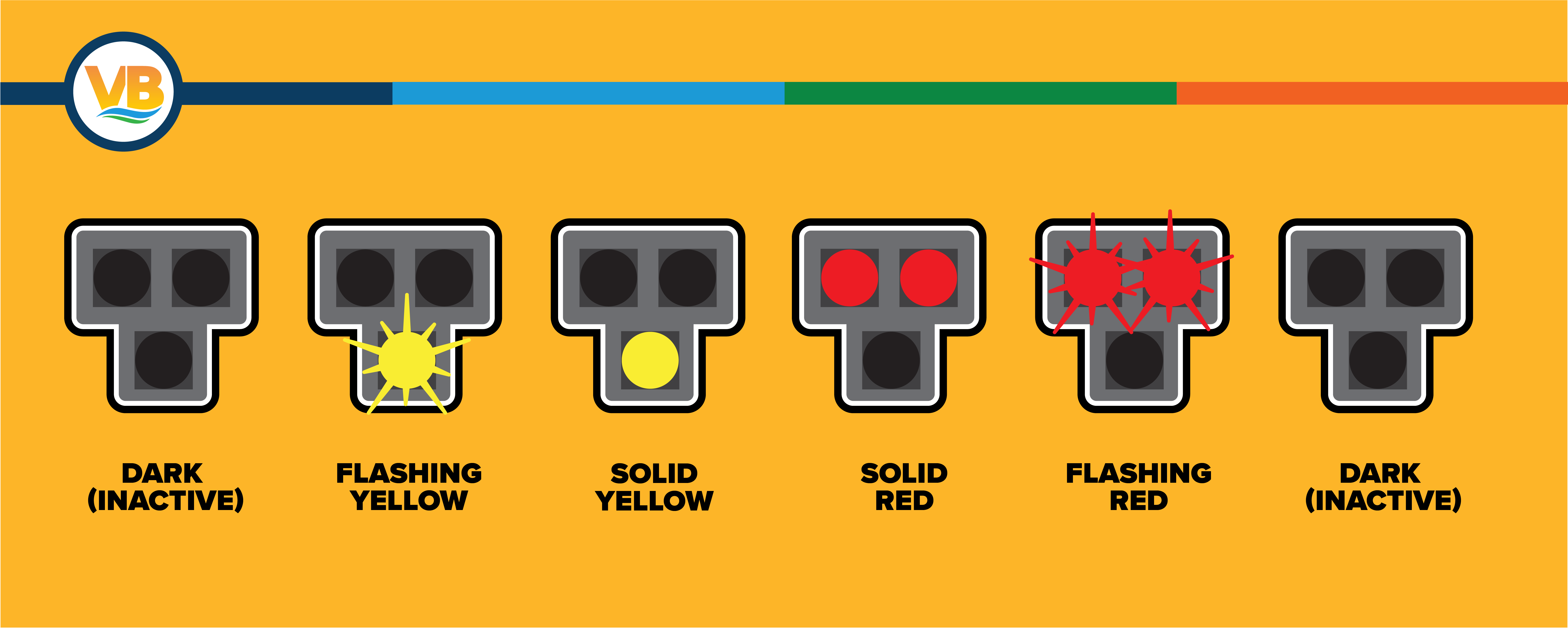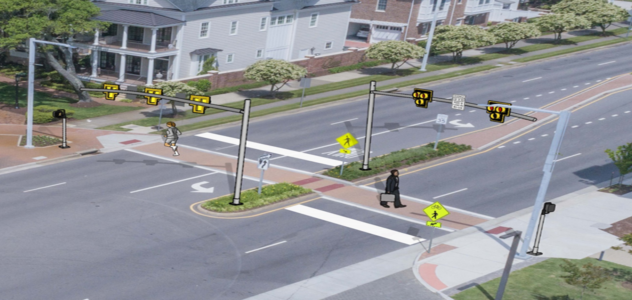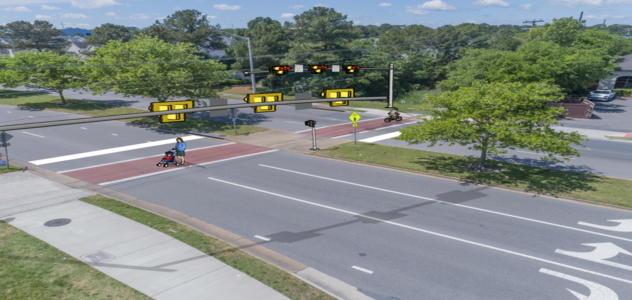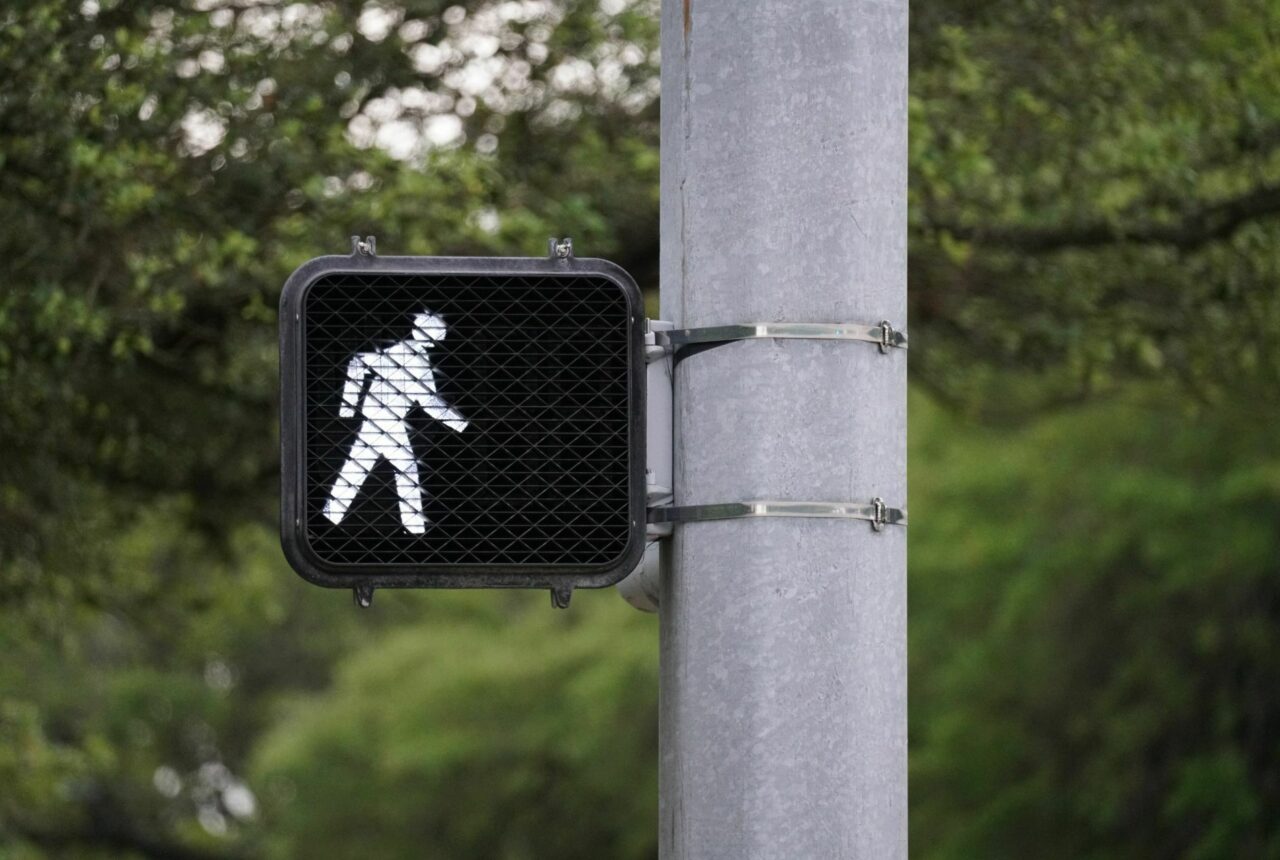
HAWK Signals Phase 1
Learn about these signals that help pedestrians cross safely without the need of a full traffic light.

Learn about these signals that help pedestrians cross safely without the need of a full traffic light.
There was an informational meeting on the HAWK crossing planned for Great Neck Road and Cape Henry Trail on Sept. 11, at John B. Dey Elementary School.
Download the HAWK Beacon Brochure.
HAWK stands for High-Intensity Activated CrossWalK and is specifically designed to help pedestrians safely cross streets. Pedestrians activate the signal by pressing a push button. This triggers a red light that briefly stops traffic so they can cross safely. The benefits of HAWK signals include:
HAWK signals are backed by the Federal Highway Administration, with research showing strong safety performance, such as:

Phase I of the project includes two locations, the first of their kind in Virginia Beach. These locations were selected based on site-specific studies, including traffic and pedestrian counts.

Atlantic Avenue near 42nd Street and the Cavalier Hotel.

The Cape Henry Trail crossing at Great Neck Road near Shore Drive.
Activity
Start
Finish
Cost
Activity
Design
Start
May 2024
Finish
October 2025
Cost
$210,000
Activity
Private utility adjustments
Start
August 2025
Finish
February 2026
Cost
$22,000
Activity
Construction
Start
May 2026
Finish
March 2027
Cost
$420,000
Activity
Contingency
Start
May 2024
Finish
March 2027
Cost
$130,400
Cost
Total: $782,400
Traffic safety strategies are designed and utilized to reduce serious injuries and fatalities that result from roadway incidents.
